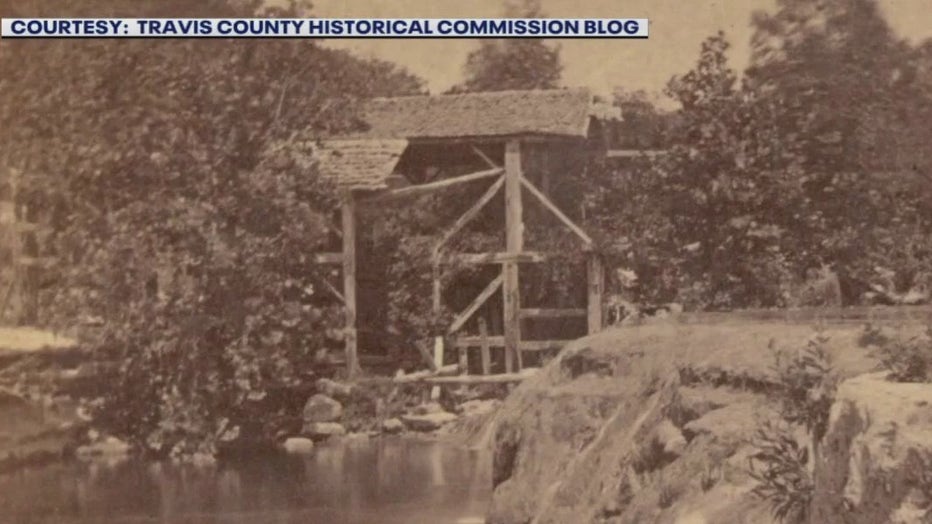'Wagon ruts' at Bull Creek provide window into Austin life in the 1800s
Mid-1800s wagon ruts preserved at Bull Creek
The "wagon ruts" at Bull Creek in Northwest Austin provide a window into what life was like around Austin in the 1800s.
AUSTIN, Texas - The "wagon ruts" at Bull Creek in Northwest Austin provide a window into what life was like around Austin in the 1800s.
"Everyone knows the beauty of this area, but we want to make sure they appreciate the history that goes with that beauty," said Bob Ward, chair of the Travis County Historical Commission.
Our journey begins at Bull Creek District park, just off Lakewood Drive near 360.
"To understand the context for the rut, you got to kind of understand that this was a community," said Rich Denney, vice chair of the Travis County Historical Commission.
As we searched for the wagon ruts, we got a little history lesson.
"Bull Creek remained really separate from Austin up until probably the 1940s," said Denney, "So we had schools. We've got cemeteries out here."

These days, much of the area is parkland. We follow the trail north, and, after a little searching, we find the wagon ruts—preserved since the mid-1800s, when Bull Creek itself was a well-traveled roadway for wagons going to and from Austin.
"So you kind of keep following the same path and, over time, and you just keep digging it down," said Ward. "At a certain point, the wheels naturally go into the crevices."
You can see the ruts diverging and going in different directions, where wagons would have traveled along the creek bed. And if you're trying to figure out if it’s really a wagon rut or not, the answer has to do with the distance between the ruts.
"The width of the wagons of the trail was about four feet, eight and a half inches. And all of these measure exactly four feet, eight and a half inches," said Ward.
The wagons would have carried supplies, like lumber and grain, between Austin and the site of the Walden Mill, up the creek about a mile north of the park.
One of a few along Bull Creek, the Walden Mill was operational from the 1850s to the 1870s, processing lumber from cedar trees. That wood, by the way, was used to build the historic Zimmerman House of Peyton Gin. These days, the only signs of the mill are square holes where the support beams used to be.
Dead fish found in Bull Creek
The water main break in Northwest Austin poses environmental concerns. Residents have been reporting that something fishy is going on around Bull Creek.
"Those are still visible, but the mill itself is gone," said Ward.
Also along the creek is the Mabry Dam, which was built in 1892, about 20 years after the mill operation shut down.
"That was built by General Mabry, as in Camp Mabry. Before he went off to the Spanish-American War, he built a dam, and he had to lease water and power for the dam from the Waldens," said Denney.
Getting back to the ruts, Ward and Denney readily admit they haven’t discovered all of them, far from it, and that’s where you come in.
"If they find other tracks that we don't know about, we would really appreciate them letting us know," said Ward.
The wagon ruts can be found by visiting Bull Creek District Park, walking toward the creek bed, and then walking north along it. The Mabry Dam can be accessed by continuing north on the trail along the creek.
For more information on the wagon ruts and the mill, visit the Travis County Historical Commission Blog.

